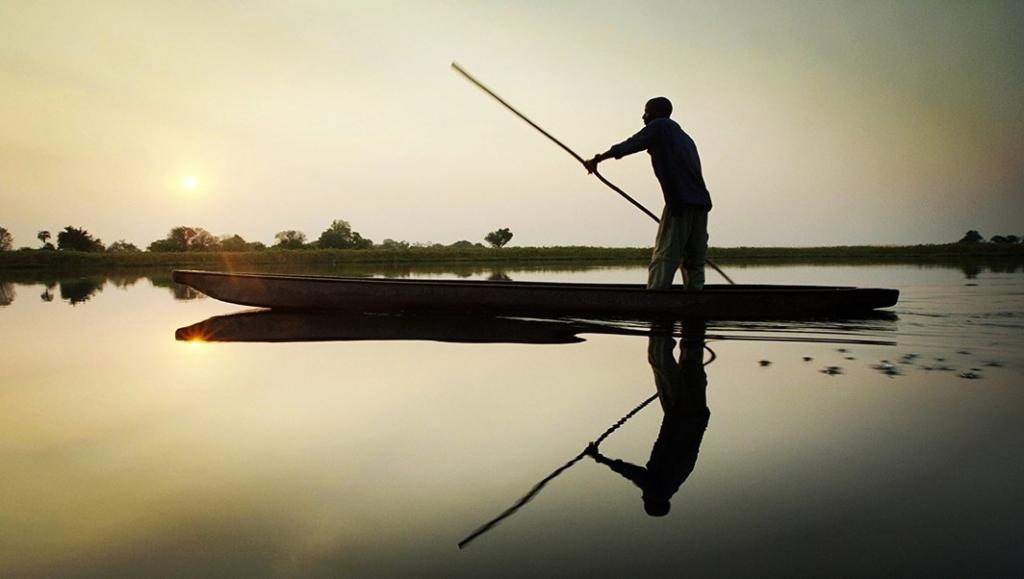Tribeca Film Festival 2018: Into the Okavango

National Geographic Documentary Films screened Into the Okavango at the Tribeca Film Festival this year.
The documentary follows an expedition down the Okavango River in Africa. Dr. Steve Boyes leads a research team from the source all the way down to the delta in order to discover why and how the river is drying up. The river flows from Angola through Namibia into Botswana. It is the life source for animals as well as people, and, until now, it has never been fully surveyed.
The expedition took about four months to do yet is distilled into a brisk ninety minute film. The cinematography is gorgeous which is to be expected from the first-time director who also a National Geographic photographer (Neil Gelinas). The diversity of this particular area of Africa is fascinating: river turns into peat bogs before turning into river again (complete with trees growing into the river and blocking passage).
The trials the research team faces seem exhausting…yet also incredibly rewarding. Not only are they looking at birds (Boyes is an ornithologist), but a “marine-bush” biologist, Adjany Costa, is along, too, studying the marine life in the river. The team takes samples of plants (and the peat from the ground), water, and every other natural thing they could try and measure. Because of this trip, over two dozen new species were discovered.
What is very striking, thanks to the film, is how interconnected every living thing is. That is usually the goal in National Geographic films, magazine articles, photographs, etc., but it really is always heartening to see. The dedication the team has (including the local guides) to preserving and protecting the natural world around them is inspiring.
Into the Okavango is an informative, beautiful call for viewers to be more active and aware citizens of this planet.
Photo Credit: National Geographic Society


Discussion about this post